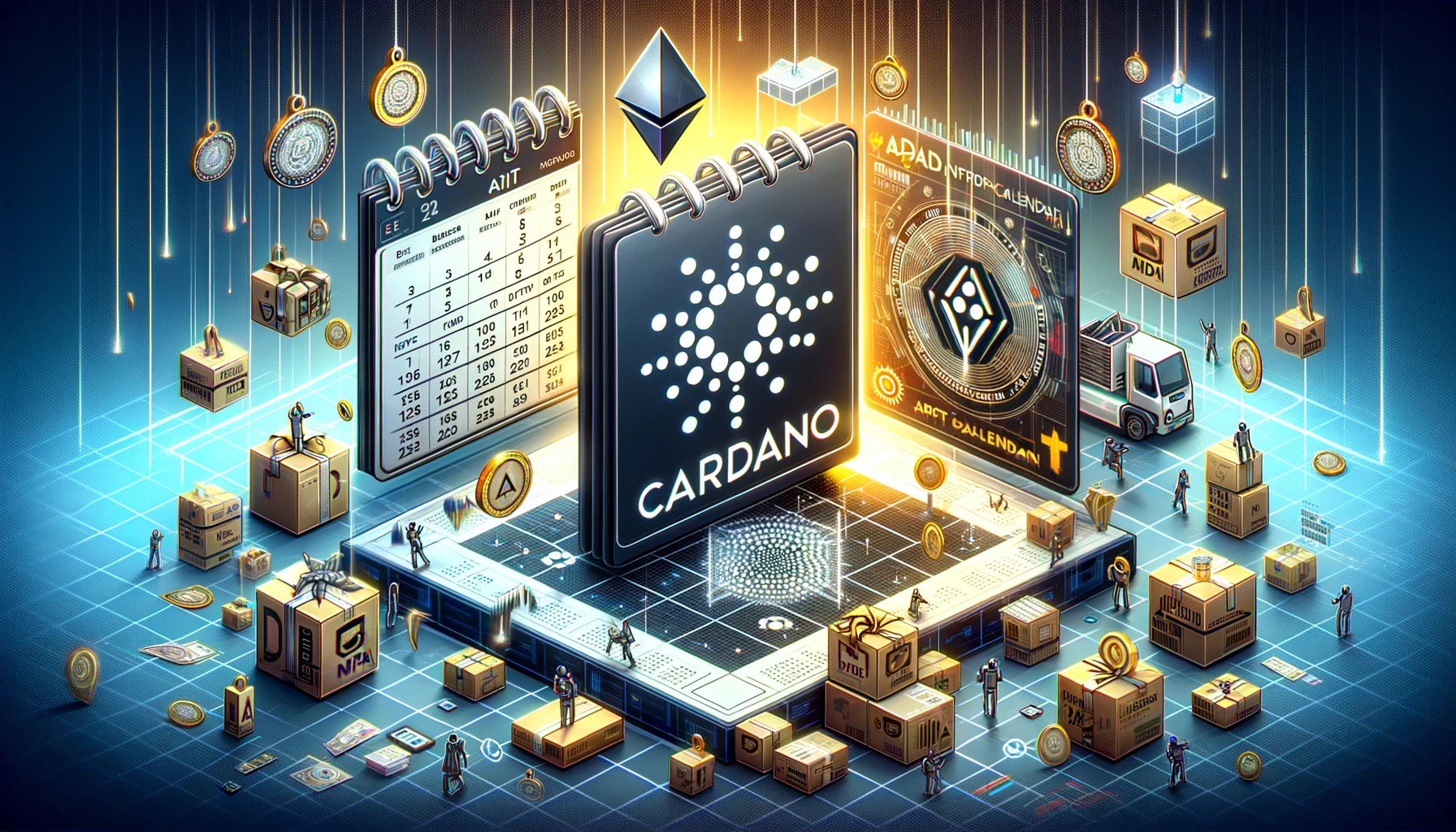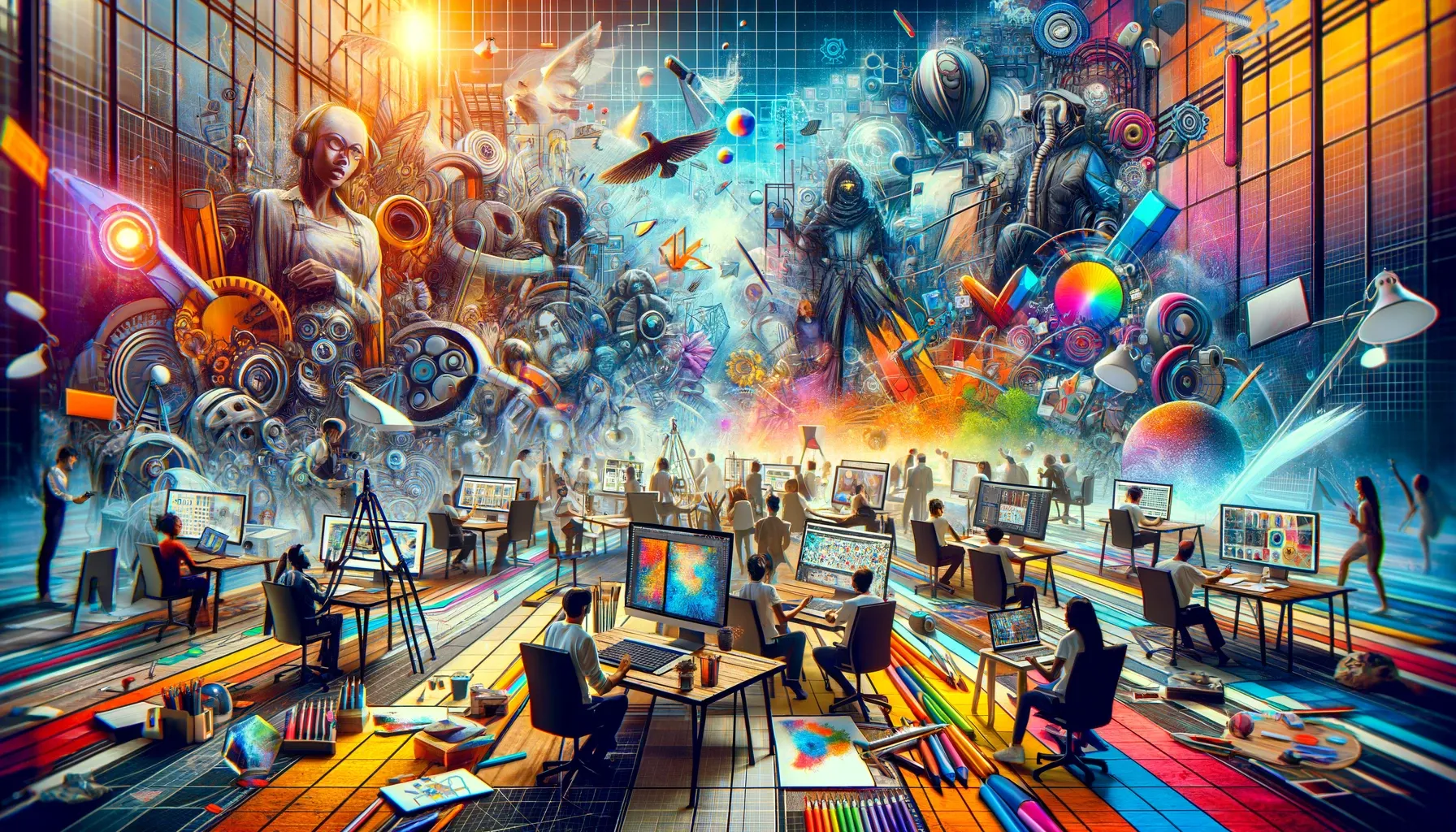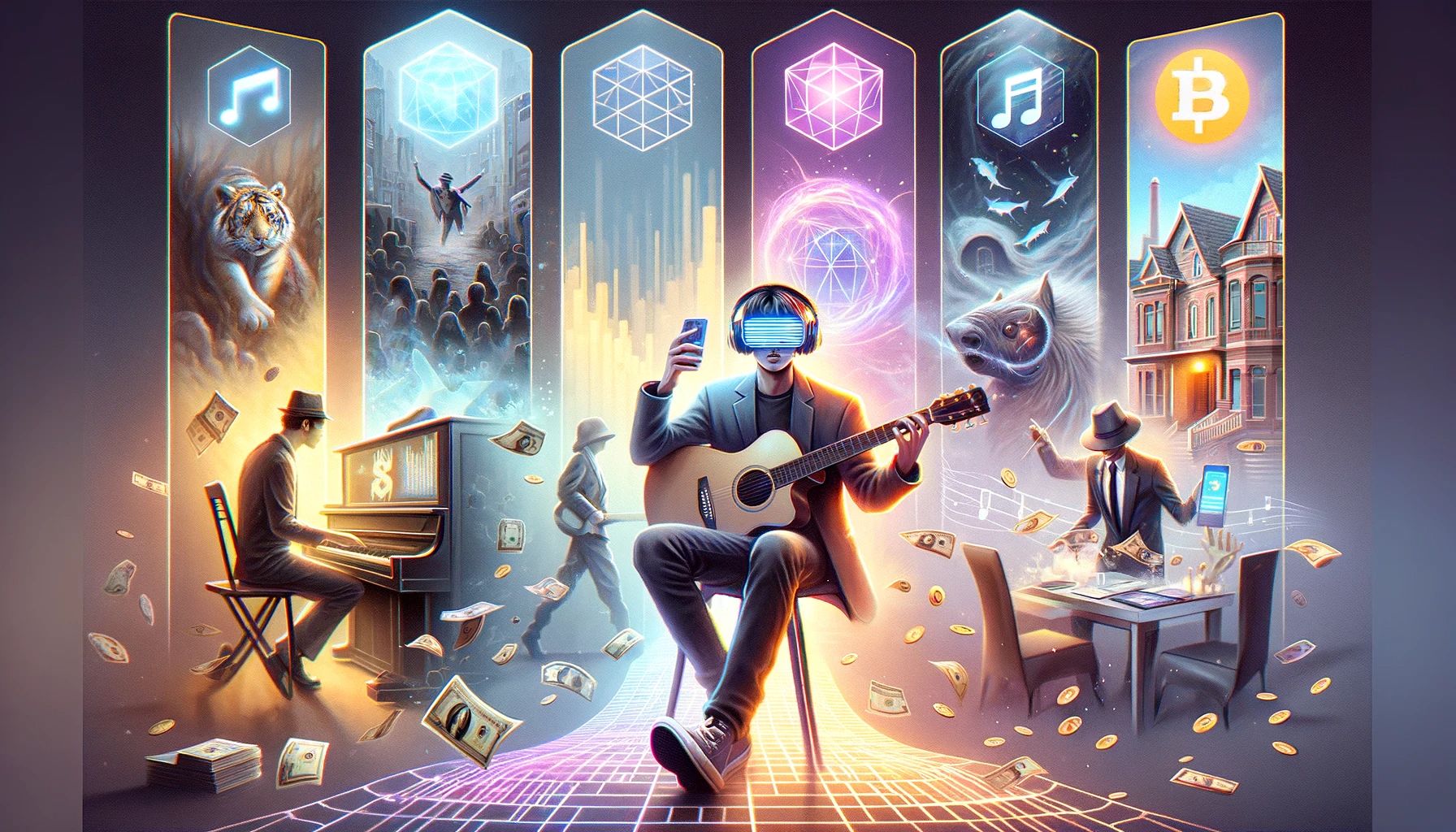How NFTs Evolved to Become an Essence of Blockchain Games
May 10, 2022 - 4 min read
For a short period, NFTs evolved from static pictures to one of the most sought-after assets among crypto investors. Most importantly, games started adopting the idea of having NFTs as their part, which could become one of the most important parts of play-to-earn games in the future. This article will provide a short history of NFTs and how they evolved into what they are today.

The below article is a sponsored post.
Introduction
Non-fungible tokens are known to the wide public as NFTs. For a short period, NFTs evolved from a couple of static pictures to one of the most sought-after assets among crypto investors. Most importantly, games started adopting the idea of having NFTs as their part, which could become one of the most important parts of play-to-earn games in the future.
This article will provide a short history of NFTs and how they evolved into what they are today.
NFTs: From Static Pictures to Other Forms
The history of NFTs starts as early as 2012 when Meni Rosenfield wrote a paper discussing the idea of colored coins as an alternative to Bitcoin, which was slowly gaining popularity back then.
The first official NFT was called Quantum and was created by artist Kevin McCoy in 2014. A solid amount of experimentation with digital art continued in the following years, but NFTs started gaining real popularity after Ethereum accepted them.
In fact, Ethereum created the non-fungible token standard labeled ERC-721, just like the standard for cryptocurrencies (ERC-20).
One of the earliest NFT series was called CryptoPunks, initially distributed for free.
Nowadays, these pixelated works of art are worth thousands or hundreds of thousands of dollars, depending on their rarity.
Many started exploring other options with NFTs and expanding the use of non-fungible tokens beyond visual arts. After the idea behind NFTs boomed, we could witness many other forms of art being “tokenized,” including entire songs and albums. For example, Kings of Leon decided to make an NFT version of their album titled When You See Yourself, which provided special perks for owners, such as the vinyl album edition, front-row tickets for concerts, and much more.
Even sports franchises decided to experiment with NFTs. Perhaps the most popular example is NBA Top Shot, which sells video highlights of important events in NBA games. Basketball lovers can buy various epic moments that range from a couple of dollars to hundreds of thousands of dollars.
Despite that, NFTs are still mostly used for visual arts. However, another branch seems to be working perfectly with this type of technology — gaming.
Gaming and NFTs
CryptoKitties was the first game based on NFTs that became extremely popular and used NFTs as the basis for gameplay. The game is still significant in the crypto community and revolves around trading and breeding virtual kittens. Each kitten is unique — an NFT — and has unique features. Those kitties with rarer features are more expensive.
It was only a matter of time before the NFT-based gaming industry would explode, and it seems that’s currently the case. Many games are experimenting with including NFTs, especially in the play-to-earn context. One such example is Chibi Clash, which allows players to collect, earn, and compete with their NFTs, which are essentially in-game characters. It’s an auto battler type of game with a robust play-to-earn ecosystem.
Some blockchain games nowadays feature tokenized characters and items, meaning you’re the only one who could own them and decide what to do with them — use them in a game, sell them, trade them for other characters or items, and more.
An increasing number of games are considering using NFTs for their in-game ecosystems as that would effectively pave the way for additional ways to monetize gaming. More importantly, NFTs give a chance for players to earn real money by doing what they love the most — playing games.
Final Thoughts: What Does the Future Bring?
Even though everyone’s talking about NFTs all the time, especially if you’re part of the crypto sphere, it’s safe to say we’re only at the start of the NFT journey. There’s still a lot to explore in the space described as digital ownership.
The industry that’s the most likely to benefit from NFTs is definitely gaming, as many game developers are experimenting with the technology big time. Of course, we shouldn’t forget to mention the buzzword metaverse, which also heavily relies on the use of fungible and non-fungible tokens (and blockchain in general) to power different ecosystems. All we can do now is wait and enjoy the ride as NFTs take over the world.
Newsletter
Enter your email address below to subscribe to my newsletter
latest posts





